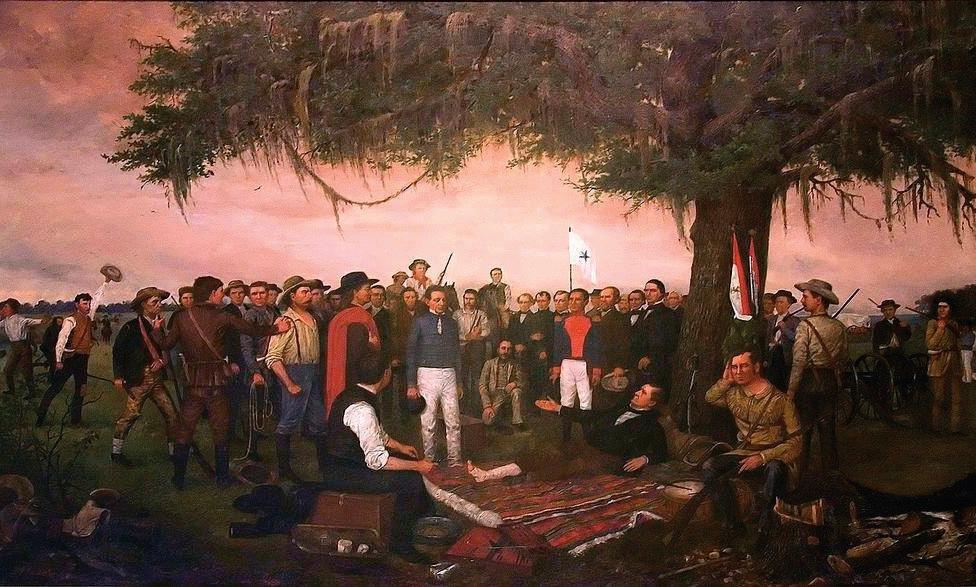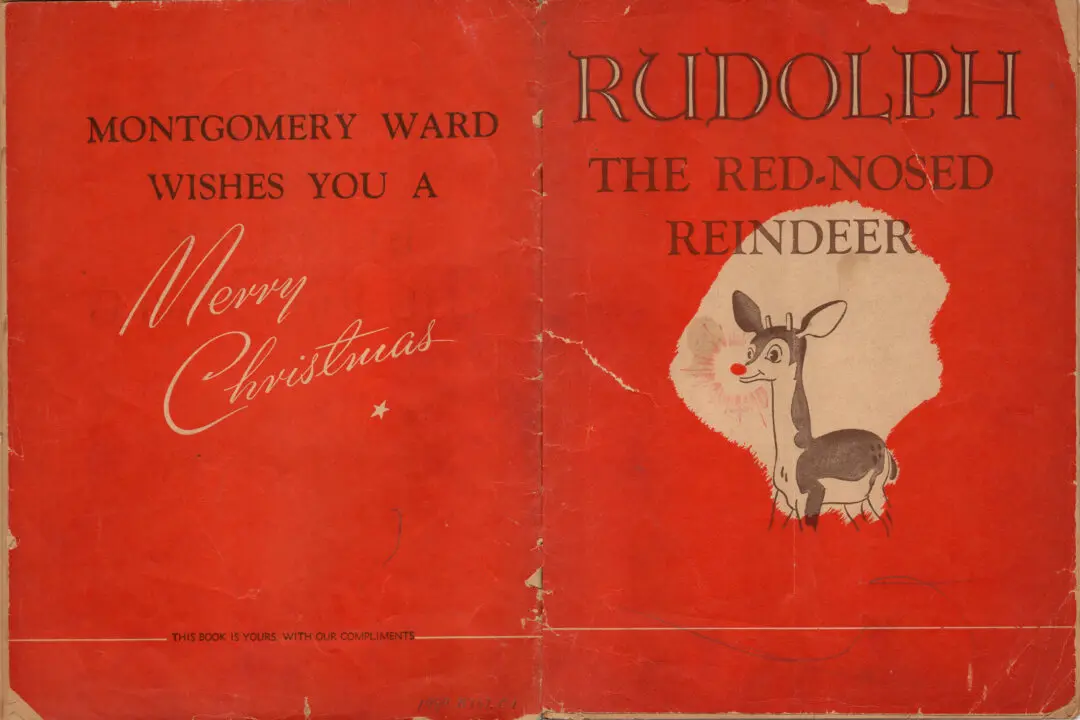It was the fall of 1824, and a company of trappers was leading pack mules single file through a stand of brush along the Cheyenne River when the lead man came face-to-face with a grizzly bear. Before he could raise and fire his gun, the bear swung one paw into his side, tearing the flesh, breaking several ribs, and knocking him to the ground. As he tried to fight back, the grizzly seized his victim’s head between his jaws, his teeth mauling flesh and hair. In another instant, the grizzly released him, turned, and raced back into the brush.
His stunned companions gathered around the blood-covered man they called “Captain.” Part of his scalp was torn loose, and one ear was ripped nearly away. As they debated what to do, the Captain told them to find fresh water for a camp and to see if they could locate a needle and a thread.






